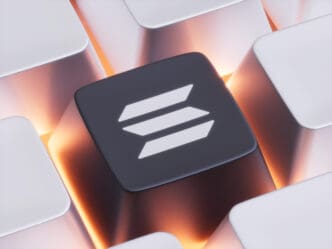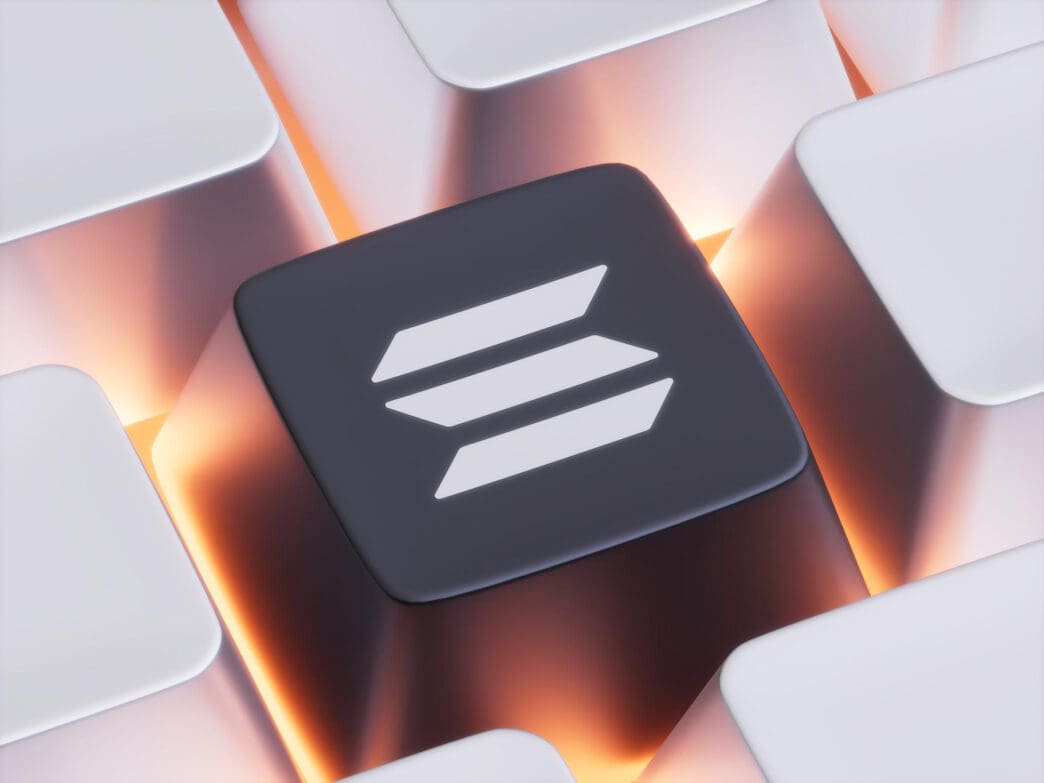Executive Summary
The Story So Far
Why This Matters
Who Thinks What?
Solana is set to significantly enhance its scalability and efficiency with the introduction of the SIMD-0370 proposal and the Alpenglow upgrade. These advancements, spearheaded by Jump Crypto’s Firedancer team, aim to address key performance challenges on the Solana blockchain by enabling dynamic block sizing and streamlining consensus mechanisms, thereby reinforcing its position as a leading Layer 1 solution.
Understanding the SIMD-0370 Proposal
The SIMD-0370 proposal, developed by Jump Crypto’s Firedancer team, introduces dynamic block sizing to Solana, moving away from fixed compute unit (CU) block limits. This innovation allows block sizes to adjust based on the performance capabilities of validator hardware, aligning network capacity with market demand.
This dynamic approach is intended to incentivize validators to upgrade their hardware, creating a “performance flywheel” where improved infrastructure leads to higher rewards and increased network capacity. While this promises enhanced scalability and throughput, critics have voiced concerns regarding potential centralization risks, as smaller validators might struggle to compete with the hardware investments of larger, well-funded operators.
The Alpenglow Upgrade
The Alpenglow upgrade marks another significant development for Solana, primarily by reducing transaction finality and overhauling its consensus mechanisms. It replaces the existing Proof-of-History (PoH) and Tower BFT with two new systems: Votor and Rotor.
This upgrade drastically reduces transaction finality from 12.8 seconds to an estimated 100-150 milliseconds, positioning Solana among the fastest blockchains in the industry. Additionally, a new skip-vote mechanism allows validators to bypass unnecessary votes, further improving network efficiency and reducing overhead.
Firedancer Validator Client
Developed by Jump Crypto, the Firedancer validator client is a high-performance solution designed to bolster Solana’s network resilience and throughput. In testing environments, Firedancer has demonstrated the capacity to process over 1 million transactions per second.
Firedancer serves as an alternative validator client, mitigating the risk of single points of failure and complementing the SIMD-0370 proposal by enabling validators to fully leverage dynamic block sizing capabilities.
Economic Changes: The Validator Admission Ticket (VAT) Fee
The Alpenglow upgrade also introduces a fixed Validator Admission Ticket (VAT) fee of 1.6 SOL per epoch. This new fee replaces the previous on-chain voting fees, aiming to reduce validator costs by approximately 20% and make network participation more economical.
The VAT fee is designed to simplify the economic model for validators, control inflation within the Solana ecosystem, and lower operational expenses for those participating in the network.
Balancing Scalability and Decentralization
While the SIMD-0370 proposal and Alpenglow upgrade promise substantial improvements in scalability, they have also ignited discussions within the community about the trade-offs with decentralization. The emphasis on hardware-driven validator competition could potentially favor well-funded entities, leading to concerns about centralization risks and its implications for Solana’s governance.
Some developers have suggested implementing additional safeguards to ensure that smaller validators can remain competitive and maintain a diverse validator set.
Comparing Solana’s Approach to Ethereum and Bitcoin
Solana’s strategy of dynamic Layer 1 scaling diverges significantly from the approaches taken by other major blockchains. Ethereum relies on modular Layer 2 solutions, such as rollups, to offload transactions, while Bitcoin maintains a fixed block size to prioritize decentralization and security.
Solana’s focus on high-performance Layer 1 scalability through dynamic block sizing aims to handle demanding use cases like decentralized exchanges (DEXs), gaming, and real-world asset tokenization without external scaling solutions, offering Web2-level responsiveness.
Future Implications for Solana’s Ecosystem
The combined impact of the SIMD-0370 proposal and Alpenglow upgrade is expected to attract increased developer and institutional interest, solidifying Solana’s standing in the blockchain performance arena. These enhancements are particularly beneficial for high-throughput applications requiring low latency.
Potential use cases include high-volume decentralized exchanges, seamless blockchain gaming experiences, and the efficient tokenization of real-world assets, opening new avenues for innovation within the ecosystem.







